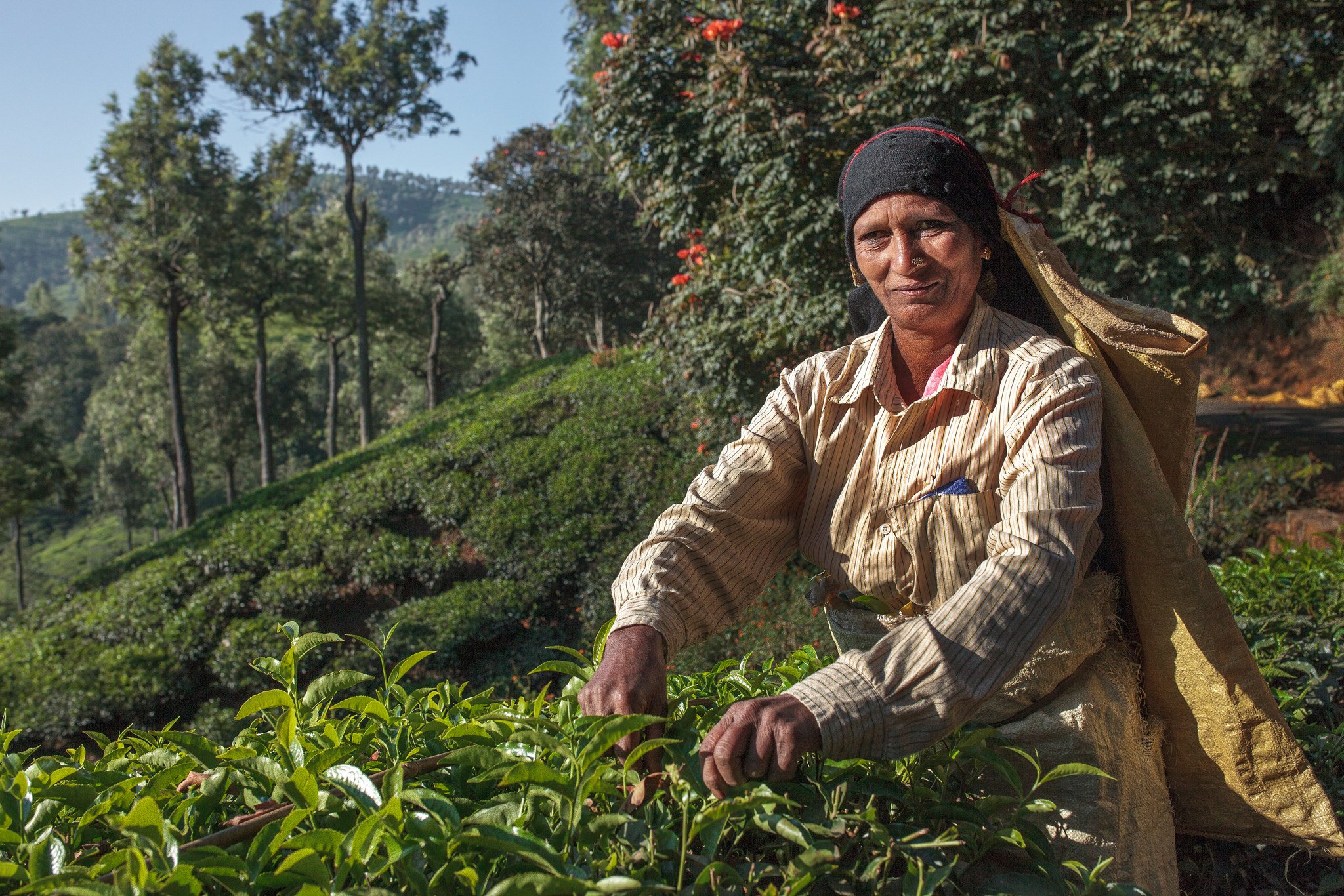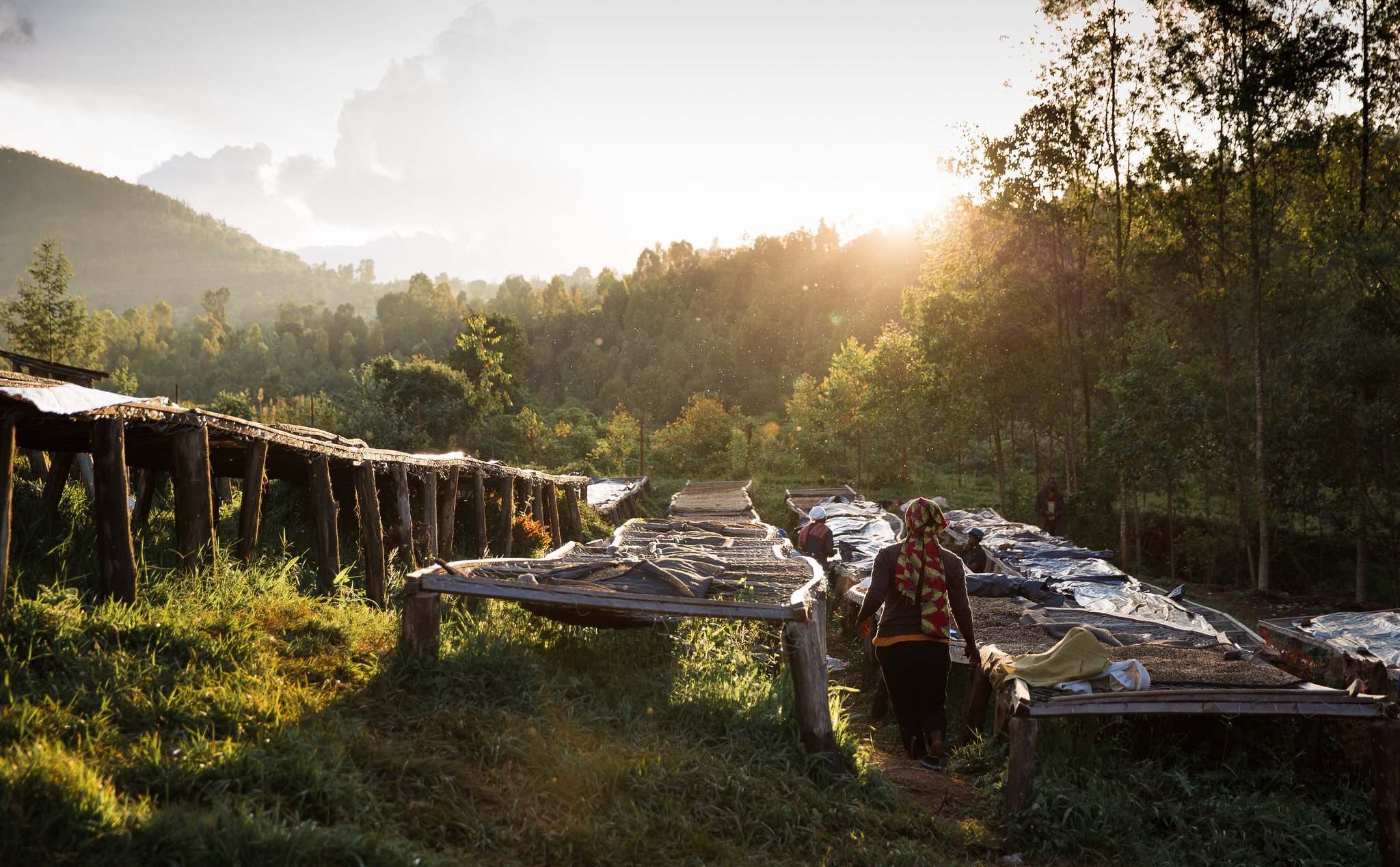On average, women comprise 43 percent of the agricultural labor force in developing countries, and are just as efficient and talented at farming as men. Additionally, about 400 million women are involved with livestock agriculture, making up two-thirds of poor livestock keepers. Beyond this recognized labor, women also do the majority of unpaid labor, such as childcare, household chores, and cooking.
Despite these invaluable contributions to local, national, and the global economies, women in many countries cannot own property, or are excluded from important government or community decision-making sessions. Where such gender discrimination is not part of the law, customary rules and practices can often limit women’s access to key resources, like the availability of technology or financing.
Take Action: Call on UN Secretary General Antonio Guterres to Support the Girl Agenda

Women are likely to be more affected by climate change than men, too: women are more dependent on local natural resources, which may be threatened by climate change. Women are more likely to be tasked with finding water, wood for fuel, and food; ever-more difficult in a changing climate. And women tend to be poorer, limiting their options for action in a drought, flood, or other extreme weather scenario.
This unequal access to resources reduces women’s economic autonomy—meaning they have a weaker bargaining position within their families and communities, and a lesser voice in decision-making at home. Women are more likely to spend their income on food, clothing, and health-related items for their families than men. One study showed a 20 percent increase in childhood survival rates when women controlled the household budget. With greater influence in purchasing and household decision-making, families and communities could benefit from better nutrition, a greater emphasis on education, and improved health.
Read More: 4 Incredible Women Defying Adversity That You’ve Never Heard Of
According to the UN’s Food and Agriculture Organization, if women farmers had equal access to resources, education, financing, and land rights, they could increase the yields on their farms by 20 to 30 percent.
At the Rainforest Alliance, we are committed to better engaging women across our agriculture training programs. Today, more than 100,000 full-time workers on Rainforest Alliance Certified™ farms are women, as well many of our field trainers and a significant proportion of our senior leadership.
Rainforest Alliance trainers work with women farmers all over the world, like Vida Tsatso Boaful, a cocoa farmer in Ghana, helping to integrate climate-smart agricultural practices on their farms. Climate-smart agriculture uses techniques like water conservation, native shade trees, and organic fertilizer to increase the yields a farmer can get from her fields, without having to cut down forests to make room for more crops. Climate-smart agriculture also reduces the amount of greenhouse gases farms give off, while enabling farms to absorb and store greenhouse gases.
Read More: Forests Cover 30% of Earth, But Host 80% of Life on Land

Since adopting climate-smart methods on her farm, Vida reports an increase from about three bags per acre to about 10 bags per acre. Her kids are also now in school.
“I used to feel intimidated amongst my fellow farmers, but after some time in this program, that inferiority complex has vanished to the extent that I can even speak boldly in the presence of the men,” she said.
“I think other women in other cocoa farming communities can do the same, or even better, when trained.”
Read More: Small Farmers Are Not What You Think: How Female Farmers Are Feeding the World
Though women are more vulnerable than men in the face of climate change, stories like Vida’s prove that women aren’t victims—they’re an essential asset in the fight against climate change. Gender equality is not only a question of enshrining human rights, or increasing economic activity in developing countries. In the face of food insecurity and climate change, gender equality is absolutely necessary.
The world is facing a food security crisis. Food production needs to increase by 50 percent to feed the projected population of 9 billion humans by 2050. But as the climate changes, growing enough food to feed the world’s mushrooming population becomes a daunting task. It’s estimated that climate change could cut crop yields by up to 25 percent, and expansion of agricultural land to grow more crops would threaten forests, biodiversity, and water supplies—priceless resources that humanity already overtaxes. To combat the increasing effects of climate change on food security, empowering women is vital.